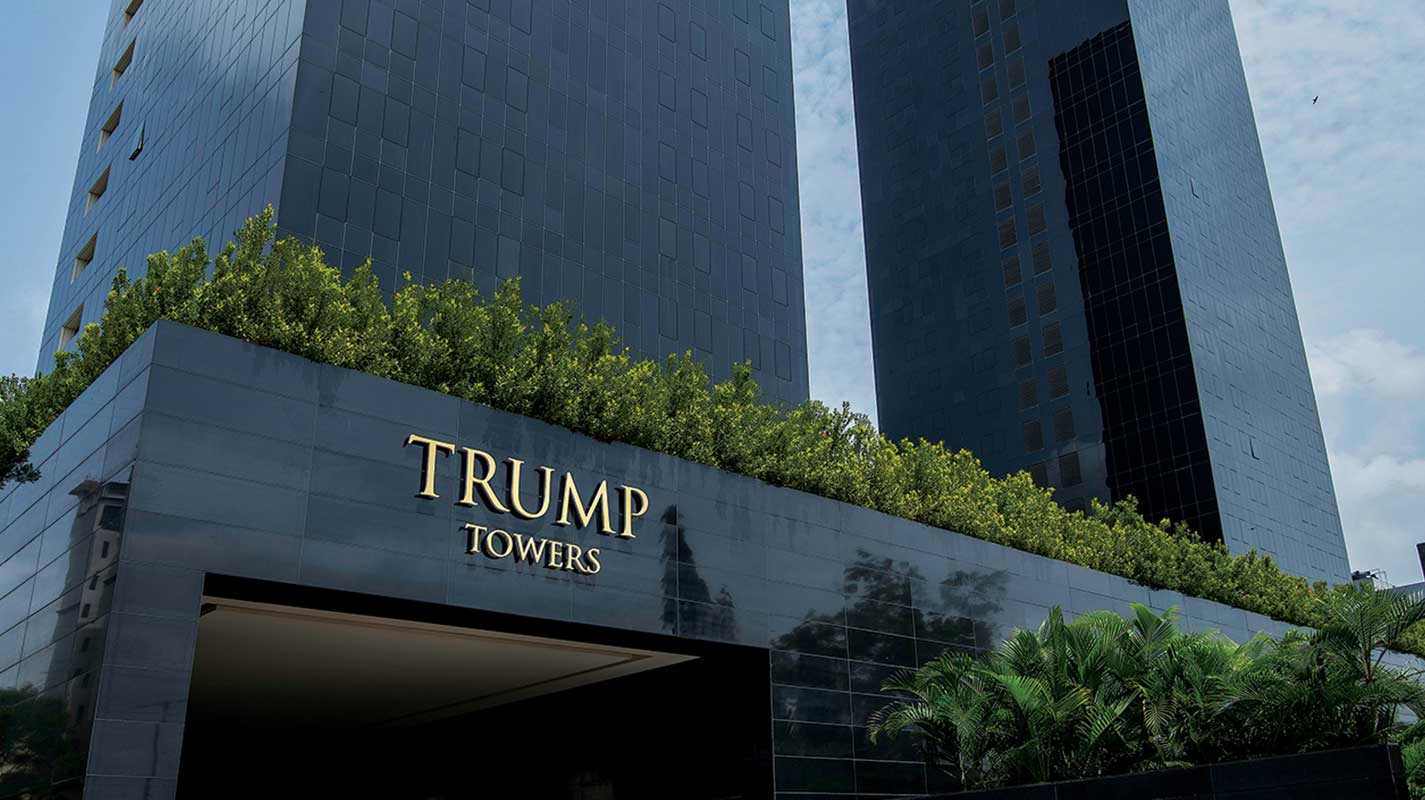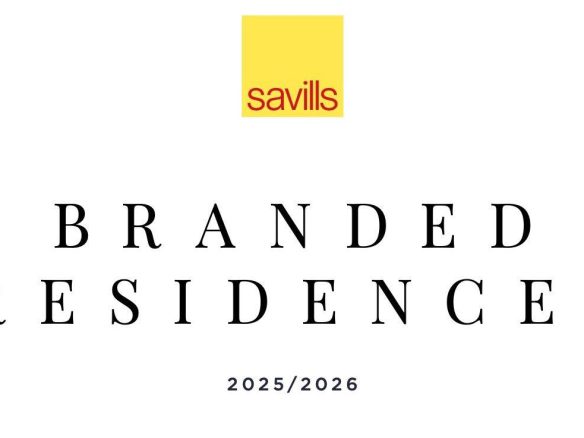NOESIS, India and South Asia’s leading hotel investment consultants, has released “The Landscape of Branded Residences in India 2025“, a comprehensive 116-page report packed with data on the sector’s evolution, market performance, and future trajectory. This summary unpacks the key findings from the report combined with additional opinion from BRESI.
Branded Residences in India
India’s branded residences sector is growing at a fast pace, with 34 operational and planned schemes across eight major cities as of 2025. These developments combine residential living with hotel or lifestyle brand management and services and globally are one of the fastest growing sectors of luxury real estate.
India is poised to become a global branded residences hotspot in the coming years, the country currently ranks 10th worldwide in branded real estate development, when combining both completed and pipeline projects.
Market Analysis: 34 Projects Across 8 Indian Cities
Delhi NCR leads the market with seven schemes comprising approximately 2,500 units, followed by Mumbai and Bengaluru, each with six schemes. Mumbai’s portfolio accounts for approximately 2,000 units, while Pune has established itself as the third-largest market with five schemes totalling approximately 1,500 units.
Hyderabad hosts four schemes, Chennai has three, Kolkata has two, and Odisha has one scheme.
The concentration in tier-one cities is pronounced, with Delhi NCR, Mumbai, Bengaluru, and Pune accounting for 24 of the 34 total schemes, representing approximately 71% of India’s branded residence market.
The three largest markets collectively represent approximately 6,000 units out of the total branded residence inventory.
Hotel vs Non-Hotel Brands: India’s Unique Market Structure
India’s branded residence market shows a distinctive characteristic compared to global patterns. Non-hotel brands hold 37% of India’s market share, nearly double the 20% global average. Hotel brands dominate with 63%, but this is significantly lower than the 80% hotel brand share seen internationally.
Globally, non-hotel brands span four main categories: architect and interior design brands (37%), automobile brands (26%), fashion brands (25%), and developer brands (12%).
However, in India, the non-hotel segment is dominated primarily by YOO, a design-led brand founded by Philippe Starck and John Hitchcox, and Trump-branded residences.
Automotive and fashion brands that are active in markets like Miami and Dubai are now beginning to enter India or exploring opportunities.
Just last month M3M India partnered with the world-renowned Jacob & Co. to create a world class branded residential experience Jacob & Co. Residences Noida that will cater to homebuyers pursuing a luxurious global lifestyle.
READ MORE ABOUT INDIA”S NON-HOTEL BRANDED RESIDENCES MARKET
India’s Luxury Real Estate Growth: The Foundation For Branded Residences
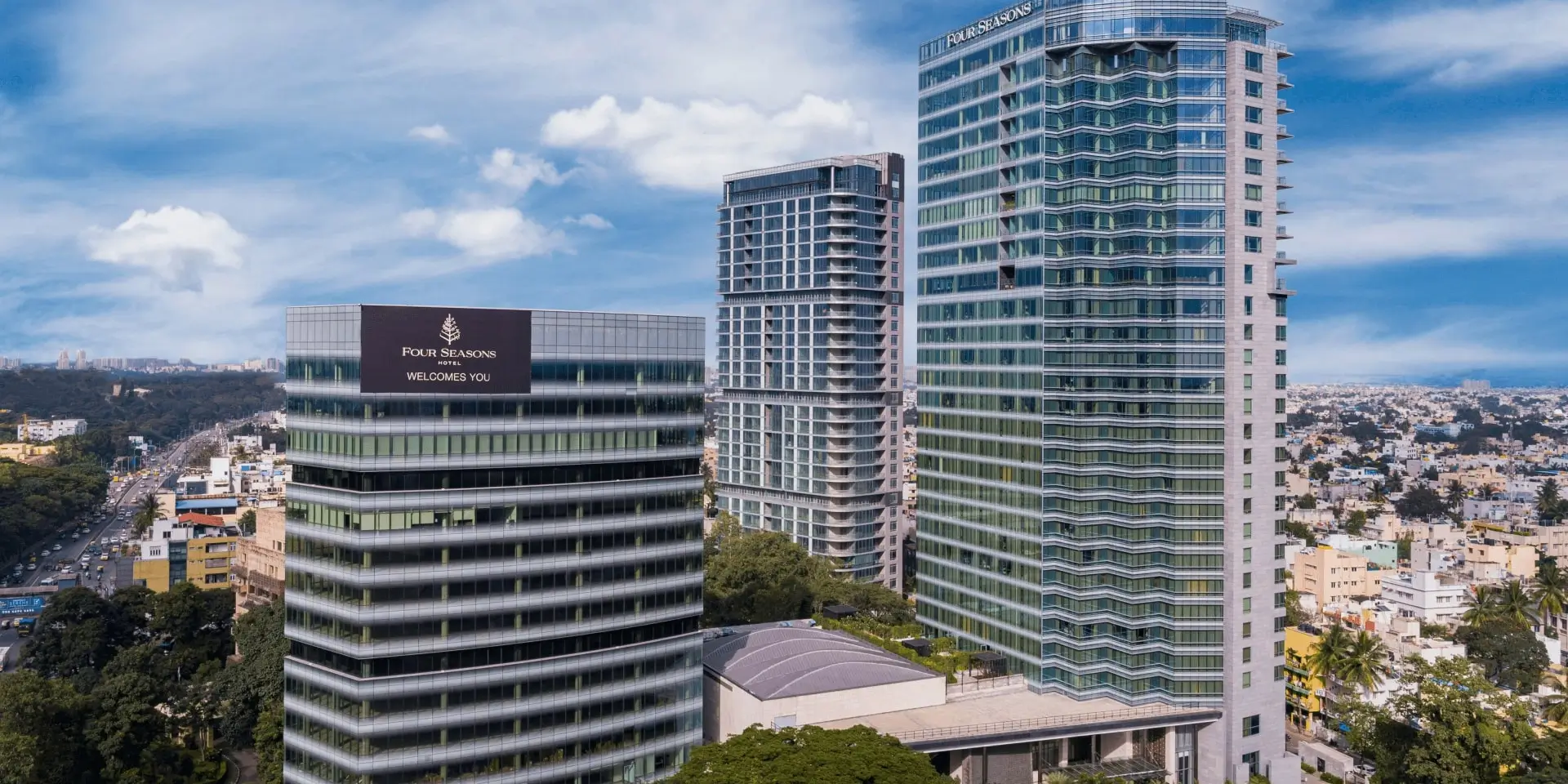
The branded residences sector builds upon strong growth in India’s luxury residential market. Mumbai’s luxury property sales grew from 1,080 units in 2010 to 4,180 units in 2025. Delhi NCR expanded from 720 units to 3,600 units over the same period.
Pune increased from 150 units to 960 units, Bengaluru grew from 175 units to 1,120 units, Hyderabad expanded from 100 units to 480 units, and Chennai grew from 125 units to 560 units.
In Mumbai’s first half of 2025, the luxury segment (Rs 5 crore/$600,000 and above) showed exceptional performance. The Rs 10 crore ($1.2 million) plus segment recorded sales of Rs 3,500 crore ($420 million) across 350 units, while the Rs 5-10 crore ($600,000-1.2 million) bracket saw Rs 4,500 crore ($540 million) in sales across 600 units.
Mumbai’s luxury market distribution in H1 2025 shows 36% of revenue came from properties above Rs 20 crore ($2.4 million), 30% from the Rs 10-20 crore ($1.2-2.4 million) segment, 26% from Rs 5-10 crore properties, and 8% from the Rs 4-5 crore ($480,000-600,000) bracket.
Branded Residences Price Premiums: 75% in Pune
Branded residences command substantial premiums over non-branded luxury properties across Indian cities. Mumbai leads at Rs 1,20,000 ($1,430) per square foot for branded residences, followed by Delhi NCR at Rs 80,000 ($950), Pune at Rs 60,000 ($715), Chennai, Hyderabad, Bengaluru, and Kolkata showing progressively lower rates.
Pune demonstrates the most dramatic premium effect, with branded residence projects commanding a 75% premium over top luxury residence projects in similar markets.
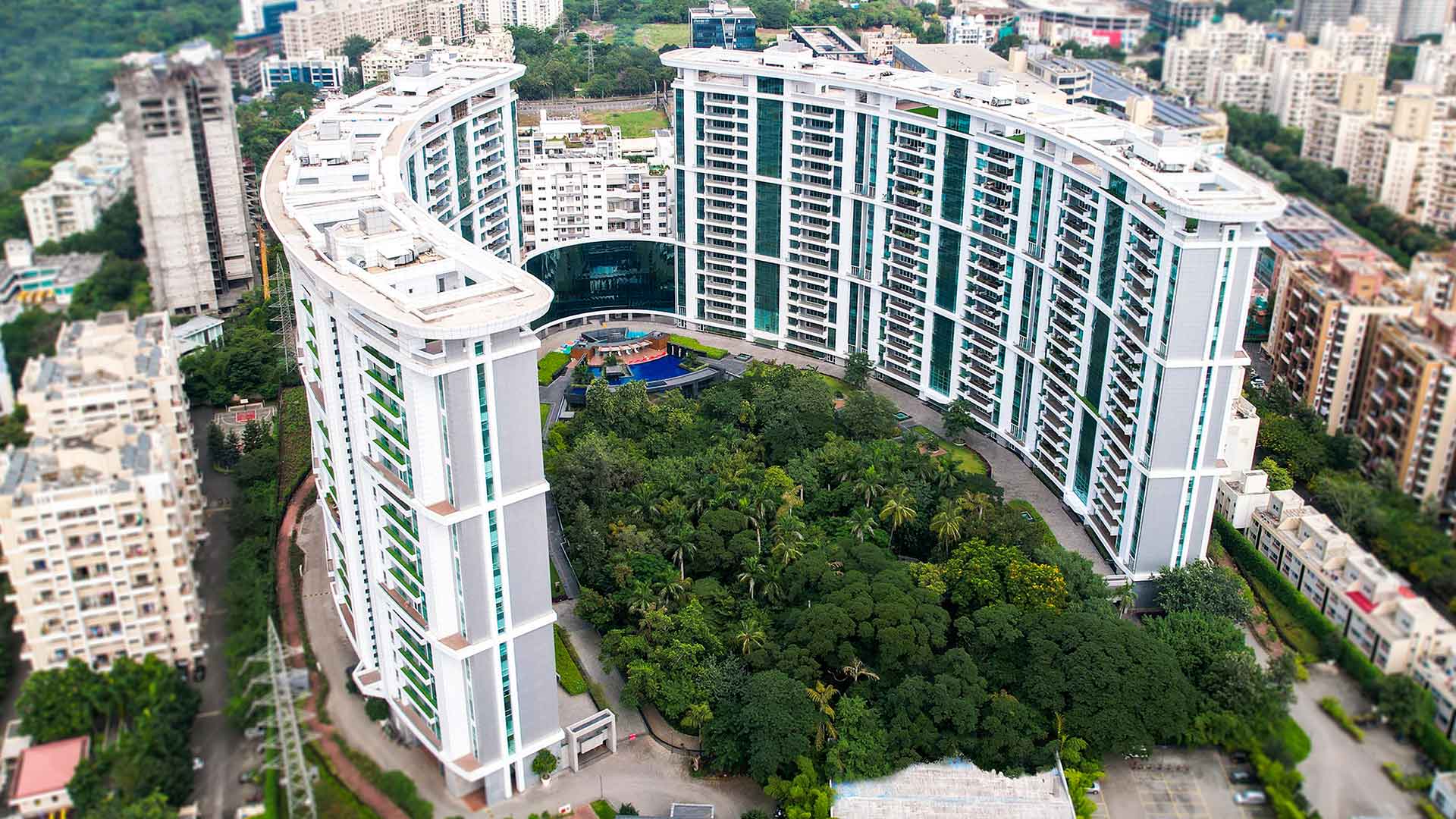
This premium applies to properties including YOO Pune in Magarpatta, YOO Villas in Kharadi, and Trump Tower Pune in Kalyani Nagar, suggesting strong market acceptance of the branded residence concept.
The Buyer Profile: 85,698 HNWIs Driving Demand
India had 85,698 high net worth individuals (HNWIs) with assets exceeding $1 million in 2025, representing a 6% year-on-year increase. Projections indicate this number will reach 93,753 by 2028. Ultra-high net worth individual growth is expected to increase 50% by 2028, the fastest rate globally, according to Knight Frank, McKinsey, and BOF data cited in the report.
This expanding wealth base provides the foundation for branded residence development.
The NOESIS report identifies affluent consumer base, aspirational living desires, impeccable service expectations, and brand prestige as the four key factors driving the appetite of branded residences in India.
Major Projects: Four Seasons, YOO, Trump, and Westin
The report includes detailed case studies of major branded residence projects across India the key development features and how they have sold. Trump Towers Mumbai for example, developed by Lodha Group sold units between Rs 6-23 crore ($720,000-2.76 million).
The project accommodates 400-800 residents per tower with amenities managed to Trump Organization standards. Located at the start of the Mumbai mile – Worli, it stands tall at 78-storeys with its shimmering golden façade.

Four Seasons Private Residences Bengaluru, developed by Embassy Group and designed by HBA Singapore, offers units ranging from 4,000 to 20,000 square feet.
YOO’s expansion across India includes YOO Pune developed by Panchshil Realty in Magarpatta and Kharadi. YOO Hyderabad, developed by MySpace Properties, launched 334 units across 7.12 acres with prices starting at Rs 3 crore ($360,000).
DN YOO Odisha, developed by DN Homes in Bhubaneswar, offers pricing starting at Rs 2 crore ($240,000) for 3 bedroom units.
Whiteland Westin Residences on Dwarka Expressway in Delhi NCR offers 750 units with prices starting at Rs 4 crore ($480,000).
Trump Residences in Gurugram, a joint venture between Smartworld Developers and Tribeca Developers, spans 4.21 acres in Sector 69 with 10 towers.
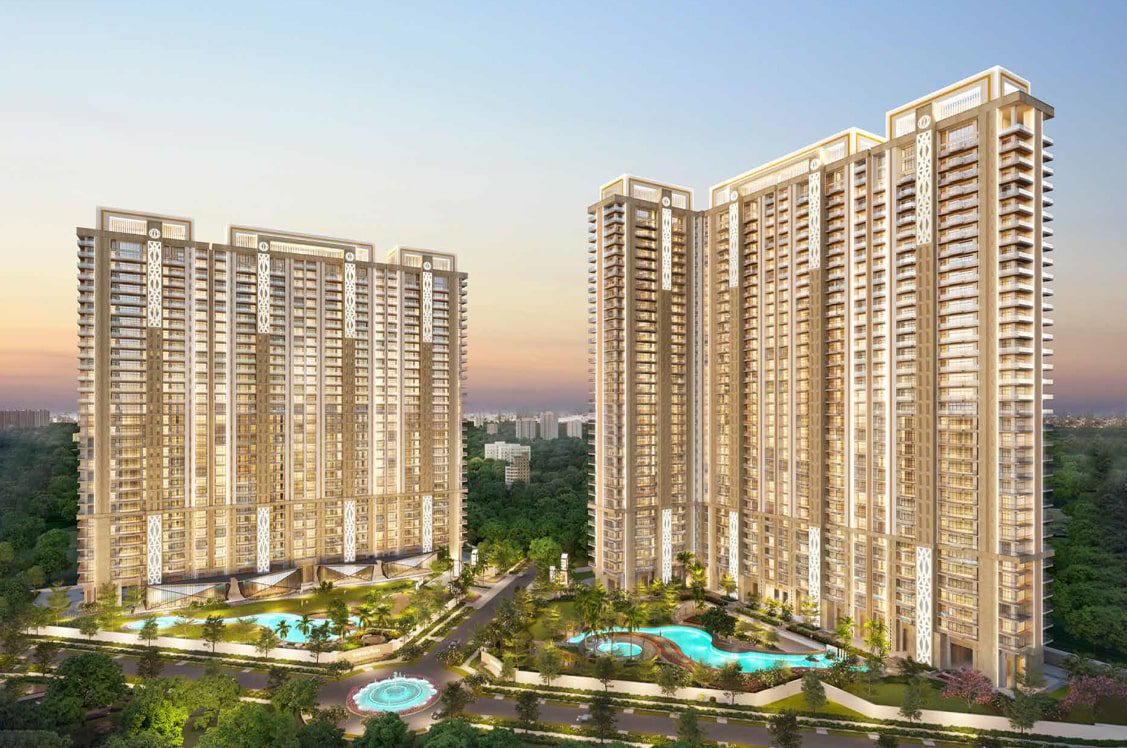
We expect to see many more high profile launches from both hotel and non-hotel brands in the coming months and years. Property developers are committed to the trend of branded real estate, and almost every hotel brand in the world has a strong focus on India for 2026 and beyond.
Sustainability and Technology: Standard Features in 2025
India ranks third globally for LEED certifications, with 370 projects covering 8.5 million gross square meters certified in 2024, according to the report. This reflects institutional commitment to environmental responsibility in luxury real estate.
Branded residences incorporate sustainability features as baseline specifications, including energy-efficient HVAC systems, LED lighting, rainwater harvesting, water recycling systems, and solar panels.
Contemporary branded residences include smart home systems as standard features, with building management systems integrating lighting, climate control, security, and entertainment functions.
High-speed internet infrastructure and 5G readiness meet connectivity requirements, while advanced security systems include biometric access, CCTV monitoring, and intrusion detection with mobile app access for residents.
Emerging Markets: Chandigarh, Jaipur, Ahmedabad, and Goa
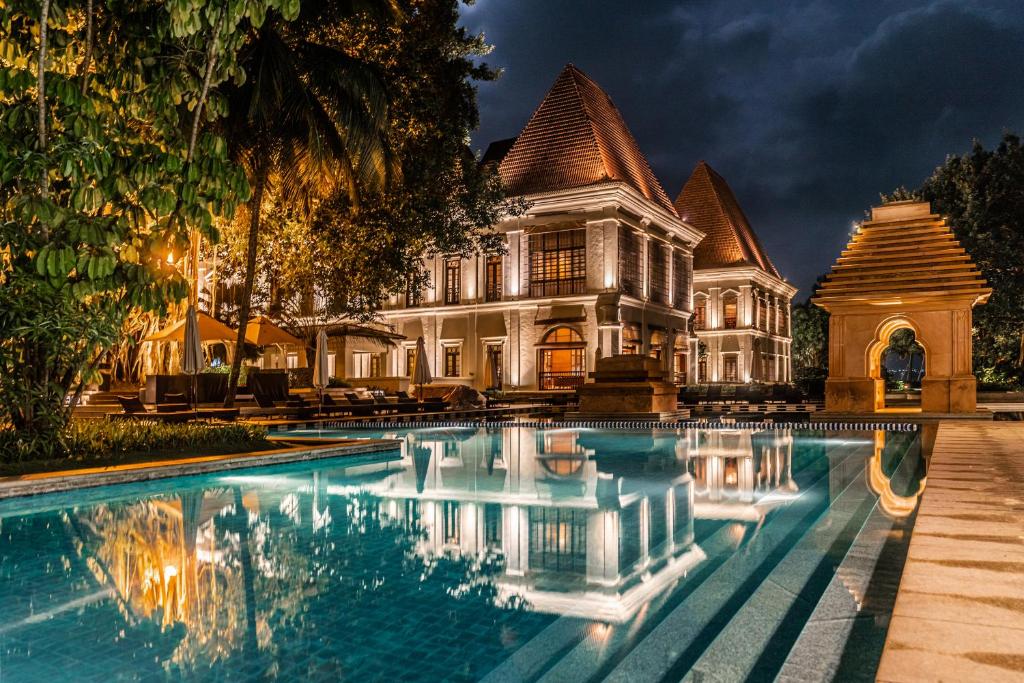
Beyond tier-one cities, the report identifies emerging markets with potential for branded residence expansion. Chandigarh’s affluent population, growing demand for luxury real estate, and thriving economy position it as a candidate market.
The city’s proximity to Delhi NCR and improving infrastructure through smart city initiatives enhance its appeal.
Jaipur’s rich heritage, cultural blend, and industries including jewelry, textiles, and handicrafts create opportunities for branded residences. Ahmedabad’s economic development through GIFT City and infrastructure improvements support luxury residential demand. The report notes that Ahmedabad has experienced rapid urbanization and a burgeoning middle class with increasing purchasing power.
Goa represents particular potential for branded residences focused on second homes and investment properties.
The report describes Goa as “a paradise poised for branded residences,” noting its appeal for luxury second homes and investment potential, though current supply remains limited despite strong demand.
Market Trajectory: $12 Billion Opportunity in Tier 1 and 2 Cities
The report identifies several trends shaping India’s branded residences market. Market size shows the sector growing from a niche offering to approximately Rs 1 lakh crore ($12 billion) in Tier 1 and 2 cities combined.
Diversification of players is occurring, with established hotel chains entering the space alongside design brands and lifestyle brands.
Product innovation continues, with developers introducing wellness amenities, co-working spaces, and personalized services. Location focus remains on prime urban centers, but Tier 2 cities including Chandigarh, Jaipur, and Ahmedabad are emerging markets.
Infrastructure development impact is significant, with metro expansion and improved road connectivity enhancing accessibility. Aviation infrastructure improvements, including new and expanded airports, benefit branded residence accessibility.
Smart city integration and digital infrastructure across 100 Indian cities provide the technological foundation for branded residence buyers.
India’s Branded Residences Market in 2025
The combination of rapid HNWI growth, strong luxury real estate fundamentals, infrastructure improvements, and demonstrated buyer willingness to pay substantial premiums creates favorable conditions for the expansion of the Indian branded residences sector.
Whether the market maintains its distinctive characteristics or evolves toward global norms will shape the sector’s development over the coming years.
With 34 operational and planned schemes already established, price premiums reaching 75% in markets like Pune, and major international brands committing to Indian projects, the branded residences sector represents one of the most dynamic segments within India’s luxury real estate market in 2025.
DISCLAIMER: DATA FOR THIS ARTICLE TAKEN FROM “The Landscape of Branded Residences in India 2025” Report by NOESIS, additional opinion by BRESI.
Download the full report. NOESIS is India’s leading Hotel Transaction advisory and consulting company, which provides end to end hospitality solutions across India and South Asia.

Launched in May 2024 as the world’s first marketplace and media company for branded residences, BRESI is where the branded real estate industry gets its news.
We deliver daily coverage of project announcements, construction updates, industry partnerships, and market analysis. Our reporting tracks new developments, executive moves, deal activity, and performance data across global markets.
The editorial team also conducts interviews with developers, hotel brands, and industry executives, providing readers direct access to the figures driving the sector.

